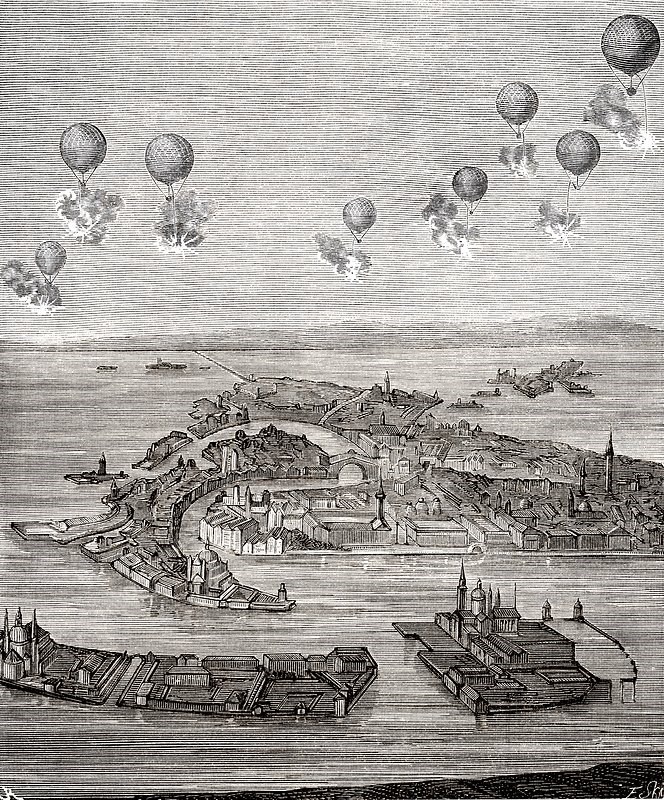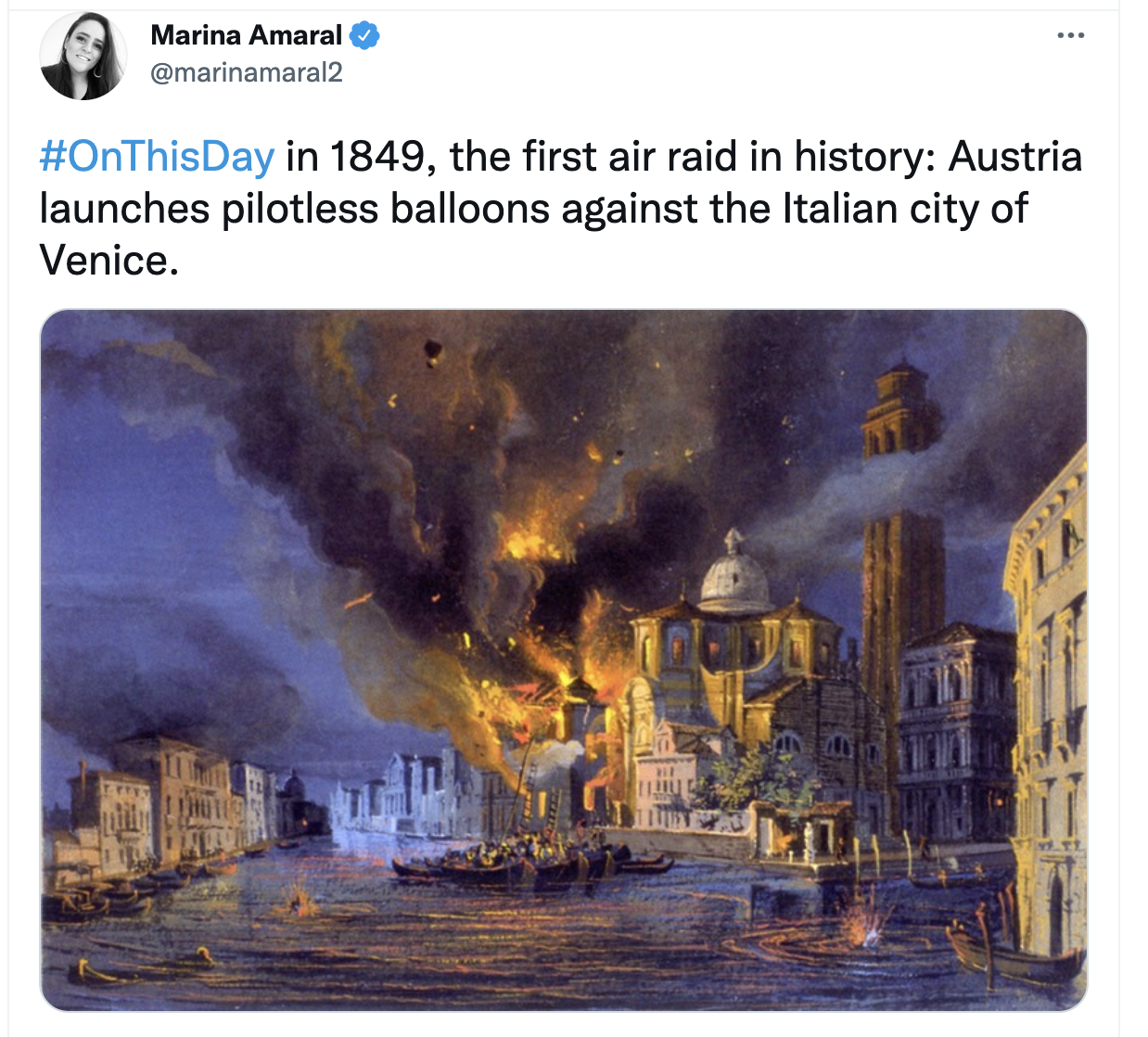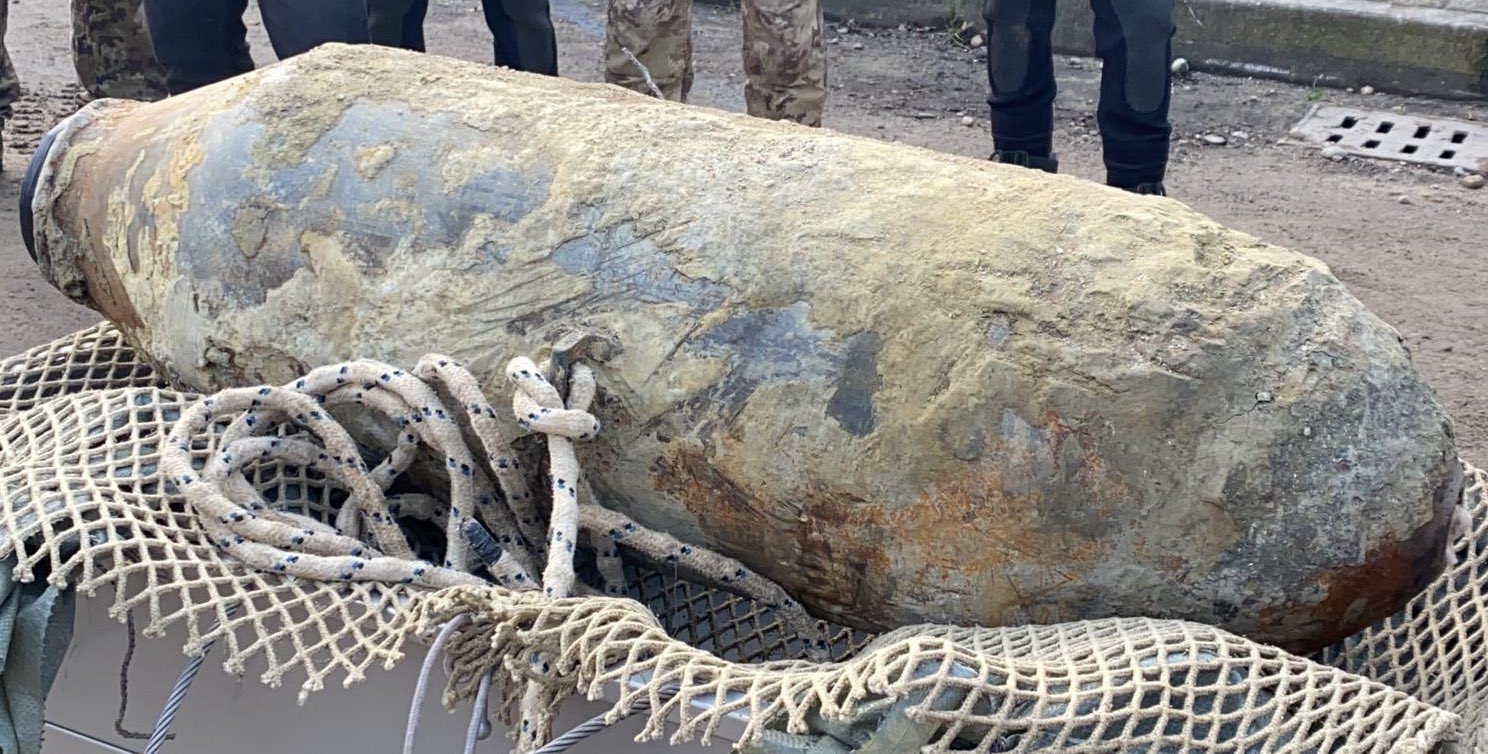[Most Recent Entries] [Calendar View]
Tuesday, September 7th, 2021
| Time | Event |
| 8:00a | RIP Jean-Paul Belmondo: The Actor Who Went from the French New Wave to Action Superstardom For quite a stretch, the late Jean-Paul Belmondo was France’s biggest movie star. He also, in what now looks like the greater achievement, stubbornly remained the most French of all movie stars. In France of the 1960s, an actor of Belmondo’s generation and level of success would have been expected to try making a go of it in Hollywood. And as he himself admitted at the time, “every Frenchman dreams of making a Western.” But “America has plenty of good actors. I’m not being falsely modest, but why would they need me? I prefer a national film to an international film.” When a cinema detaches from its country, “something is lost. Look at what happened to Italy when they went international.” Though he never did time as Hollywood’s token Frenchman, Belmondo did appear in a few Italian pictures (including the work of such masters as Vittorio De Sica and Mauro Bolognini) early in the 1960s, right after he shot to stardom. His launch vehicle was, of course, Jean-Luc Godard’s Breathless, a harbinger of La Nouvelle Vague and its exhilaratingly deliberate breakage of cinema’s rules. Belmondo would go on to make two more features with Godard: A Woman Is a Woman and Pierrot le Fou, in both of which he starred alongside Anna Karina (another of the French New Wave icons we’ve lost in this decade). Other auteurs also came calling: François Truffaut, Alain Resnais, Jean-Pierre Melville. Melville sits alongside Belmondo in the 1962 interview clip above to discuss their collaboration Le Doulos, “a good old gangster film.” But Belmondo’s protagonist, the titular police informer, is hardly a conventional gangster. “He’s an elegant guy,” says the actor. “He’s elegant in everything he does, in his gestures and actions, despite appearances to the contrary.” The same could be said of many of the characters Belmondo played throughout his career, even during his time as a Burt Reynolds-style action hero in the 1970s and 80s (during which, it must be noted, he did all his own stunts). We’re unlikely to see his like of national superstar again — and certain not to see another with such savoir-faire. Related Content: Jean-Luc Godard’s Breathless: How World War II Changed Cinema & Helped Create the French New Wave How Anna Karina (RIP) Became the Mesmerizing Face of the French New Wave Based in Seoul, Colin Marshall writes and broadcasts on cities, language, and culture. His projects include the Substack newsletter Books on Cities, the book The Stateless City: a Walk through 21st-Century Los Angeles and the video series The City in Cinema. Follow him on Twitter at @colinmarshall or on Facebook. RIP Jean-Paul Belmondo: The Actor Who Went from the French New Wave to Action Superstardom is a post from: Open Culture. Follow us on Facebook and Twitter, or get our Daily Email. And don't miss our big collections of Free Online Courses, Free Online Movies, Free eBooks, Free Audio Books, Free Foreign Language Lessons, and MOOCs. |
| 11:00a | Watch Prince Appear on the Muppets Tonight Show & Reveal His Humble, Down-to-Earth Side (1997)
There was a time when sharing the screen with the Muppets was the ultimate celebrity status symbol. Prince never appeared on The Muppet Show — 1999, the 1982 album that made him a household name, was released the year after the series concluded its run – but he got his chance fifteen years later, with an appearance on the shorter lived Muppets Tonight. In a tribute written shortly after Prince’s death, Muppets Tonight writer Kirk Thatcher recalled:
The Muppets’ crew grew even more nervous when Prince asked for a meeting the night before the scheduled shoot day. Thatcher had “visions of him trashing everything and forcing us to start over,” adding that it would not have been the first time a guest star would have insisted on a total overhaul at zero hour. Instead of the monster they’d been bracing for, Prince — who Thatcher described as “only half again bigger than most of the Muppets” — proved a game if somewhat “bemused” and “quiet” collaborator:
The episode riffed on his established image, shoehorning Muppets into a “leather and lace” look that Prince himself had moved on from, and cracking jokes related to the unpronounceable “Love Symbol” to which he’d changed his name four years earlier. Naturally, they plumbed his catalogue for musical numbers, having particular fun with “Starfish and Coffee,” which features a proto-Prince Muppet and an alternate origin story. (The actual origin story is pretty great, and provides another tiny glimpse of this mysterious artist’s true nature.) The show also afforded Prince the opportunity to chart some unexpected territory with Hoo Haw, a spoof of the countrified TV variety show Hee Haw. If you’ve ever wondered how The Purple One would look in overalls and a plaid button down, here’s your chance to find out. Related Content: Watch a New Director’s Cut of Prince’s Blistering “While My Guitar Gently Weeps” Guitar Solo (2004) Prince’s First Television Interview (1985) Ayun Halliday is an author, illustrator, theater maker and Chief Primatologist of the East Village Inky zine. Follow her @AyunHalliday. Watch Prince Appear on the Muppets Tonight Show & Reveal His Humble, Down-to-Earth Side (1997) is a post from: Open Culture. Follow us on Facebook and Twitter, or get our Daily Email. And don't miss our big collections of Free Online Courses, Free Online Movies, Free eBooks, Free Audio Books, Free Foreign Language Lessons, and MOOCs. |
| 2:00p | The First Air Raid Happened When Austria Dropped Bombs on Venice from Pilotless Hot-Air Balloons (1849)
We surround the phrase “ahead of its time” with a mystical aura. But just because an idea shows up earlier than we expect does not mean it was ever a good idea for human progress. Take, for example, the idea to rain incendiary devices on the heads of civilian populations in wartime. Recent iterations of this technology — unmanned drones surgically bombing weddings and funerals — may be an improvement over Hiroshima or napalm-happy helicopter pilots like Apocalypse Now’s Bill Kilgore. But drones have not, thereby, rendered the nuclear option or trigger-happy death from above obsolete, or made mass civilian casualties less tragic and unnecessary, comparisons of raw numbers aside. Drone bombing is one of those ideas that showed up ahead of its time — at the very first use of aerial bombing of any kind. Unmanned Aerial Vehicles (UAVs) were launched in the service of a military operation 30 years before Edison harnessed electricity for home use. In 1849, remote piloting was hardly possible. But it was possible to launch a fleet of hot air balloons loaded with explosives from a ship and send them in the general direction of a target. That’s what the Austrian army did — twice — over Venice, in a campaign to recapture the city when its citizens rebelled against imperial rule and built their own republic. Luckily for Venice, the first use of naval air power was also the least effective.
The balloons “carried 33 pounds of explosives,” writes Monash University professor Russell Naughton, “set with a half-hour time fuse, and troops scurried around with them to launch them into the proper wind currents.” The idea for the bombardment came from an Austrian artillery lieutenant named Franz von Uchatius and was initially carried out on July 12, 1849. This attempt “failed because the wind was not in Austria’s favor,” writes Weapons and Warfare, quoting from a contemporary account in Time magazine:
More spectacle than threat, the balloon bombs might have been abandoned as a failed experiment, but the Austrians were persistent; they had besieged the city, determined to subdue it. Another attack on August 22 seems to have also done more damage to the Austrians than their targets. Although the balloons could not be piloted, the detonation of their charges was controlled, Scientific American wrote that year, “by electro magnetism by means of a long isolated copper wire with a large galvanic battery placed on the shore. The bomb falls perpendicularly, and explodes on reaching the ground” … theoretically. It is not clear from the sources how many bombs were launched. Numbers range from 2 to 200. In any case, the bombing would have little effect on ending the siege, which went on for five more months afterward, and they received little notice in the press. They did, however, have the effect after their second appearance of producing “extreme terror,” the British Morning Chronicle reported, documenting the first appearance of “shock and awe.” And terror was “clearly what was intended,” Brett Holman writes at Airminded, rather than a strategic offensive. “The bombs used were filled with shrapnel, which isn’t much use for anything but killing and maiming people. So there were few qualms on the part of the Austrians about targeting and killing civilians.” They were simply killed more efficiently with conventional artillery and starvation.
The example of the Austrians was not followed by other armies, who weren’t eager to have explosive balloons blow back on their own lines. The idea of bombing cities from the air, writes Holman, “had to be invented all over again. Which it was, of course, and Venice’s next air raid was on 24 May 1915.” Just last year, the entire city shut down — “even planes were barred from flying to and from Venice’s Marco Polo Airport,” DW reported — as authorities led an effort to “remove and defuse a World War II-era bomb” on what local media dubbed “Bomba Day.” via Marina Amaral Related Content: Watch Venice’s New $7 Billion Flood Defense System in Action How Venice Works: 124 Islands, 183 Canals & 438 Bridges A Drone’s Eye View of the Ruins of Pompeii Josh Jones is a writer and musician based in Durham, NC. Follow him at @jdmagness The First Air Raid Happened When Austria Dropped Bombs on Venice from Pilotless Hot-Air Balloons (1849) is a post from: Open Culture. Follow us on Facebook and Twitter, or get our Daily Email. And don't miss our big collections of Free Online Courses, Free Online Movies, Free eBooks, Free Audio Books, Free Foreign Language Lessons, and MOOCs. |
| << Previous Day |
2021/09/07 [Calendar] |
Next Day >> |







